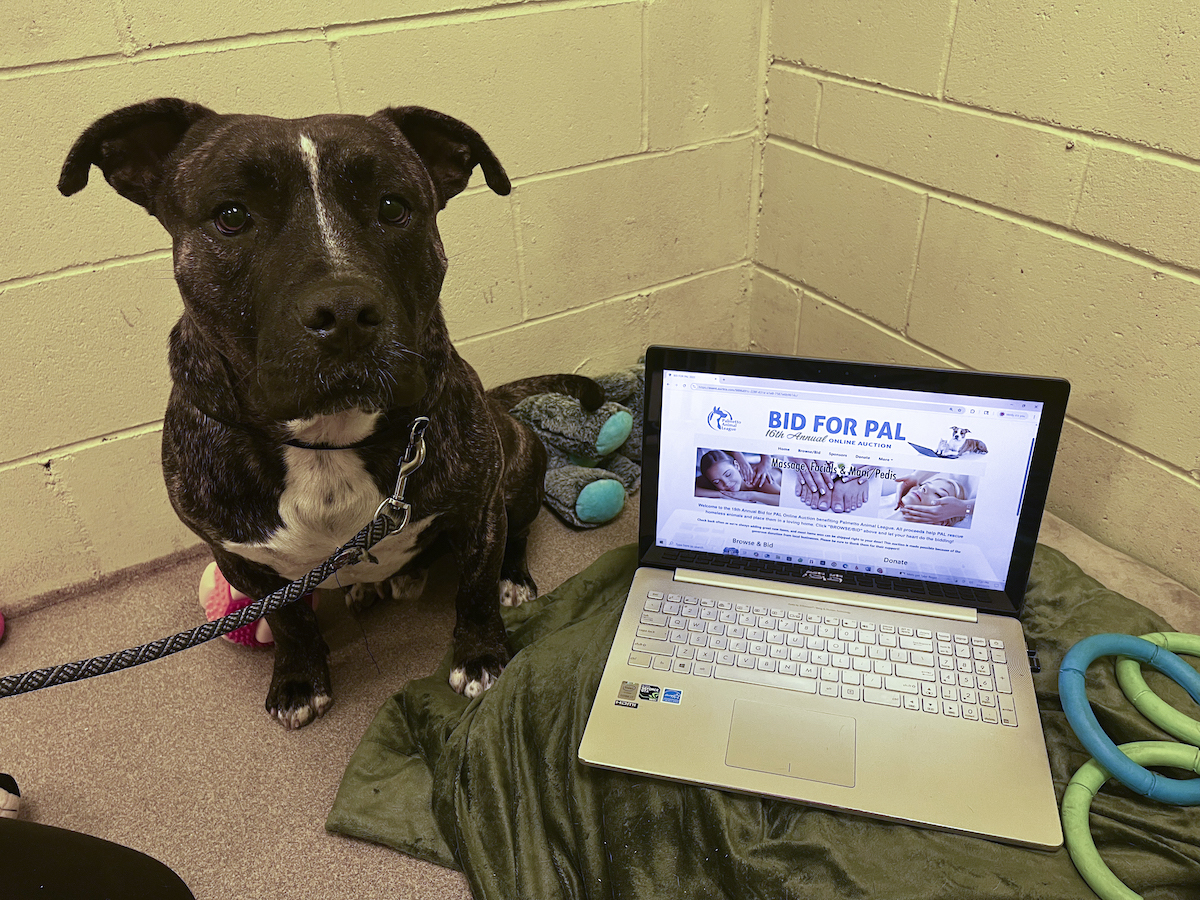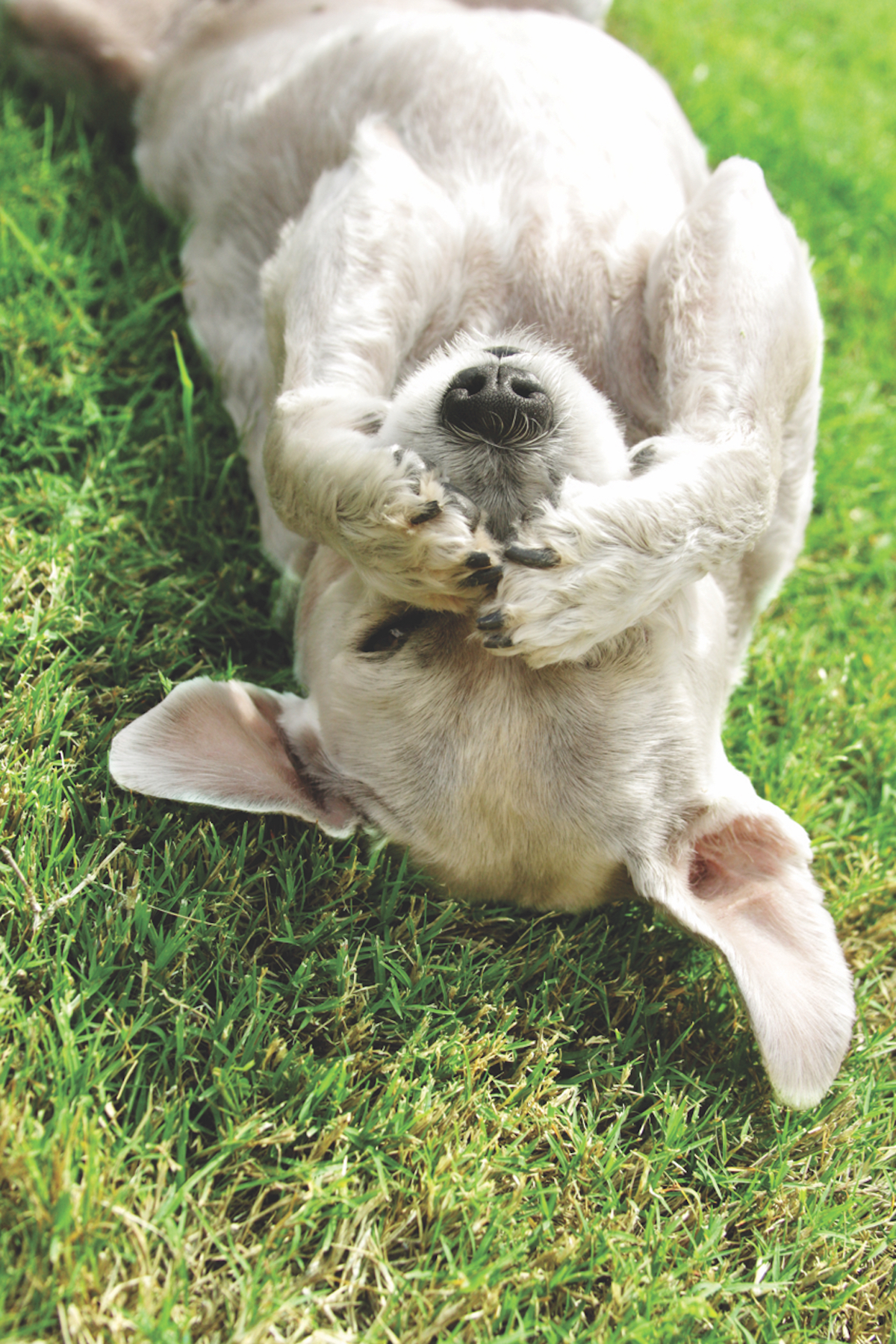By Dr. Parker T. Barker and Prof. Percy Pussycat
This week friends we are going to take a look at what makes a good cat toy and how can you tell a good cat toy from a great one. Professor Percy, (as we like to call him,) has shared with me his thoughts on the subject. So, what makes a great cat toy? The first criteria he looks for is high quality construction. Without that, you are wasting your money. Secondly, does it provide more than one activity for your cat to do? Can he chase it, bat it around, etc.? Multi-dimensional toys are infinitely better than ones that are just one trick ponies (a little joke). And lastly, will it appeal to many different kinds of cats – from kittens to seniors and Siamese to Alley Cats.
One of Professor Percy’s personal favorites is called a turbo scratcher. The concept is a round toy with a scratch area on the inside that spins and a ball in a track on the outside. Hours of fun here.
Next up is called a crinkle cave. This ingenious toy serves as a good place to hide, or ambush unsuspecting prey, and definitely has the feel of being inside a box. But a colorful box. I will concede that the material on some of them isn’t the best (it can definitely rip) but repair is as simple as clear packing tape. And the price is more than reasonable for a multi-use cat item.
And two of the simplest and most fun toys to play with are a regular old cork your cat can bat around and a box or bag to hide in. You used to be able to find corks in the top of all wine bottles. You can still find them – and no, we are not advocating that you consume lots of wine just to find a cork – but they are around. And paper grocery bags (not plastic) or paper shopping bags are always a hit.
So, you can spend lots of money on cat toys, some money on cat toys, or simply do some recycling of packaging from liquids you have already consumed. Check for online reviews before you invest. Your cat is going to be happy with whatever you bought her so enjoy it together and remember to smile at the end of the day.
Dr. Parker T. Barker received his doctorate in Squirrel Chasing and Hoovering from the University of Hartford, CT Rescue Center. He lives on Lady’s Island with his sister, Peanut and their great Mom. Prof. Percy Pussycat is a trained animal behaviourist and received his degree from the Canine and Cat Institute in London. He lives in Shell Point with his brother, Harley and devoted human family.






